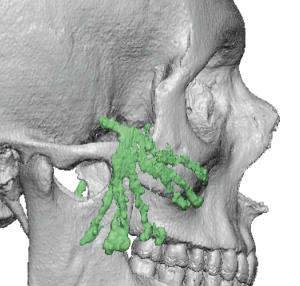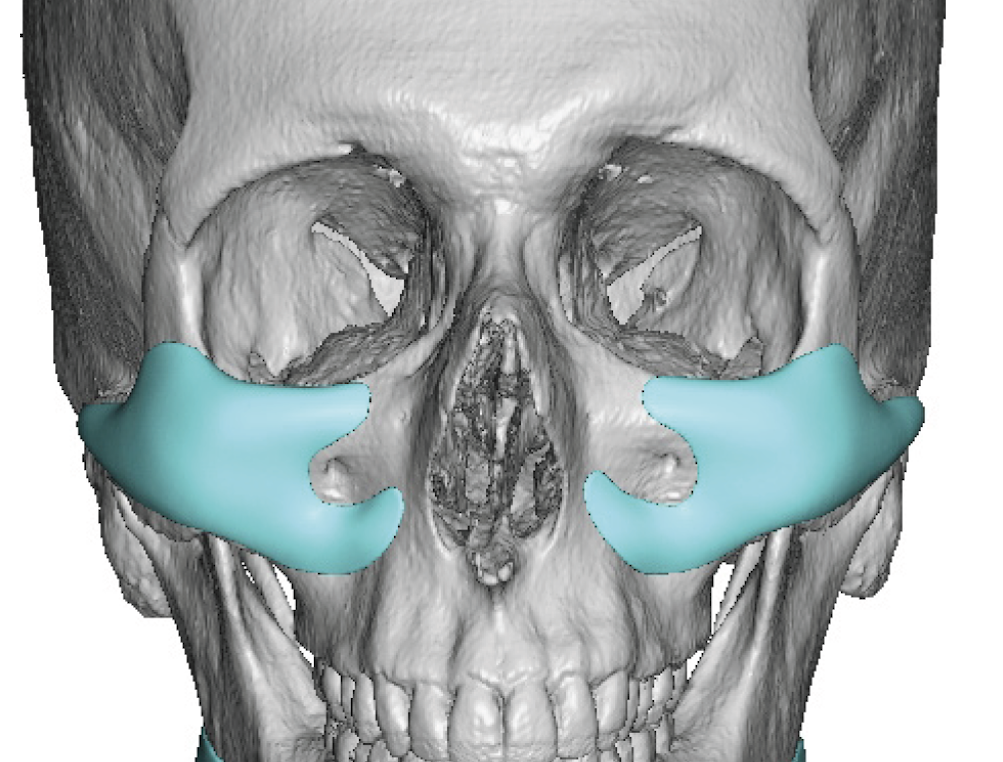Background: The most common form of cheek or midface augmentation is with the use of injectable materials. While fat is the most frequently used method of surgical injections as it is often performed along with other procedures, synthetic fillers even exceeds the use of fat because it is non-surgical. A wide variety of synthetic filler compositions are available to use in the face, and most are hyaluron-based, a few have different chemical compositions such as Radiesse which has a calcium crystal component to it which enhances its duration of effect.
A certain percentage of cheek augmentation filler patients will eventually tire of the treatments. (aka filler fatigue) They will either quit them altogether or seek a more permanent solution with implants. While some may find standard cheek implants satisfactory others may prefer a custom cheek implant approach to get a more specific focus of the augmented midface and/or more effectively address known cheek asymmetries.
Patients who seek custom cheek implants with a prior history of injectable fillers have an advantage when it comes to implant design. If the goal is to replicate or come close to achieving what effect the filler had then this provides guidance for the implant design. What would be even better is if the injectable filler could be seen in the same 3D face CT scan on which the cheek implants are designed. The only injectable filler that can be seen, however, is Radiesse due to its calcium particle composition.
Because fillers are placed up in the soft tissues and implants are designed and placed on the bone there is not a completely direct correlation between the two in terms of external effect. But a general idea can be obtained for surface area of coverage. Filler vs implant volume, however, is a different matter. It takes more volume at the bone level to create a similar effect at the more superficial subcutaneous level.



Key Points:
1) Radiesse injectable filler is composed of a calcium-based material that can be seen on 3D CT scans.
2) Custom implant designs use the desirable effects of the visible filler to help guide their surface area of coverage.
3) Custom midface implants need to have more volume than that of the filler for a similar effect.
Dr. Barry Eppley
World-Renowned Plastic Surgeon





